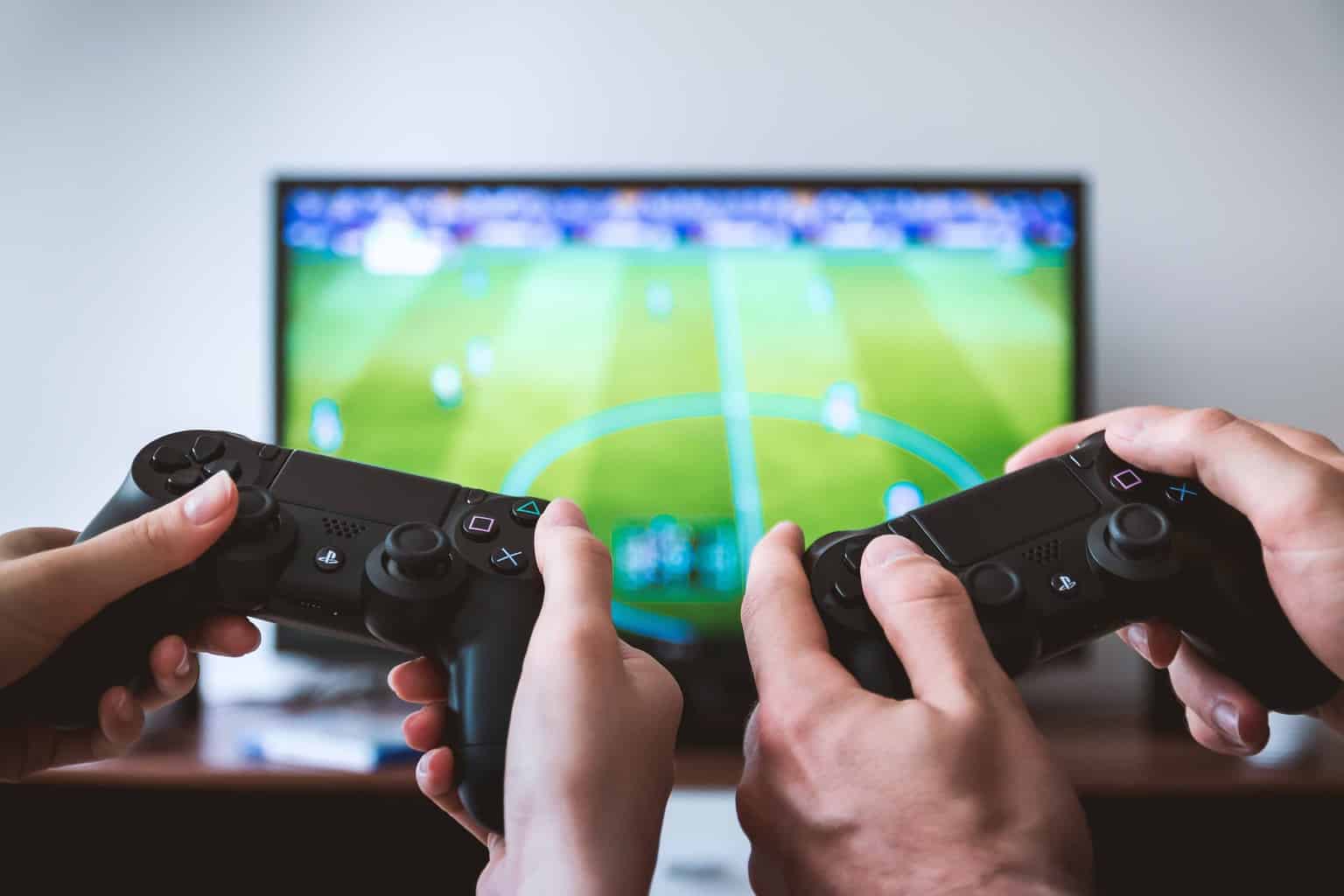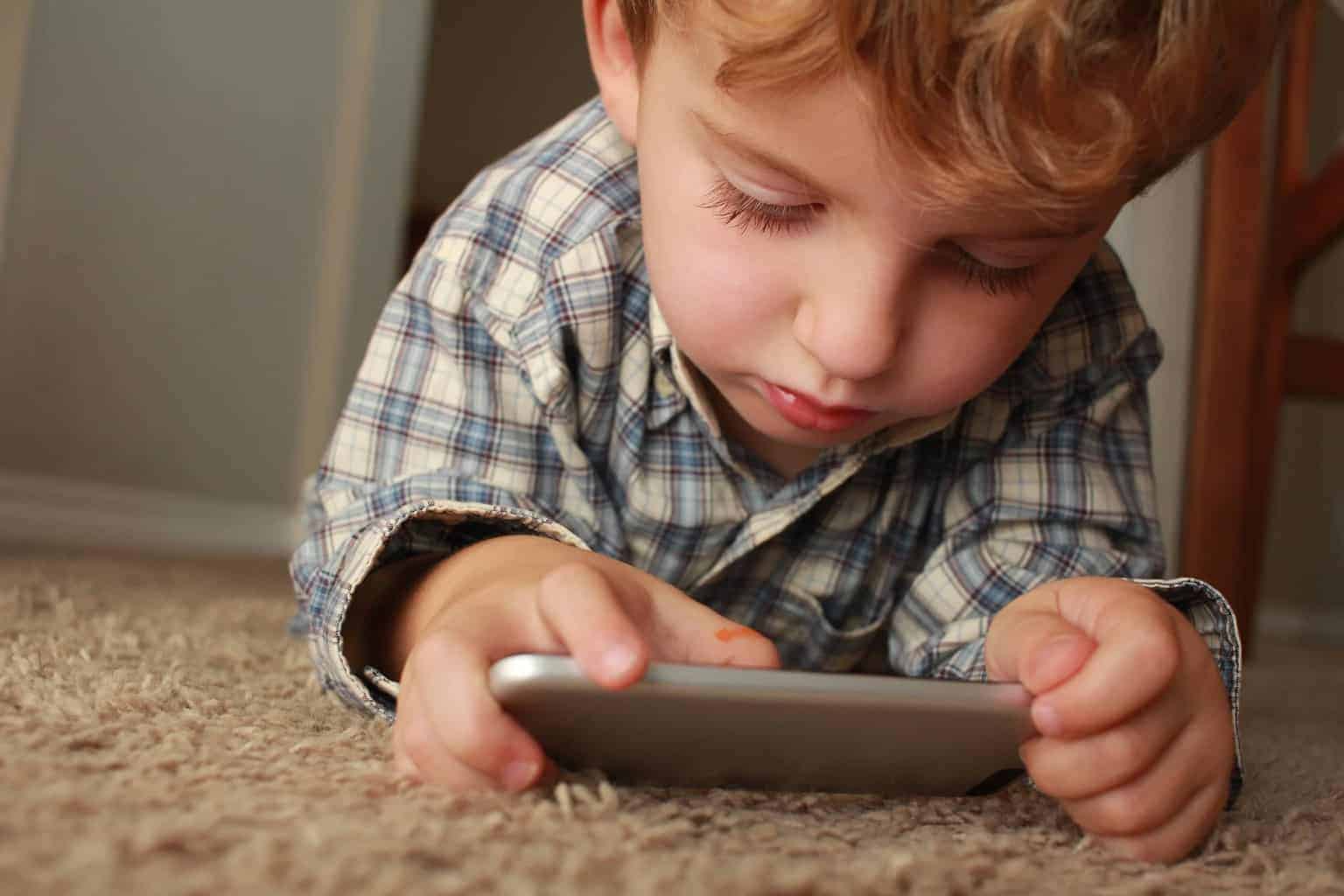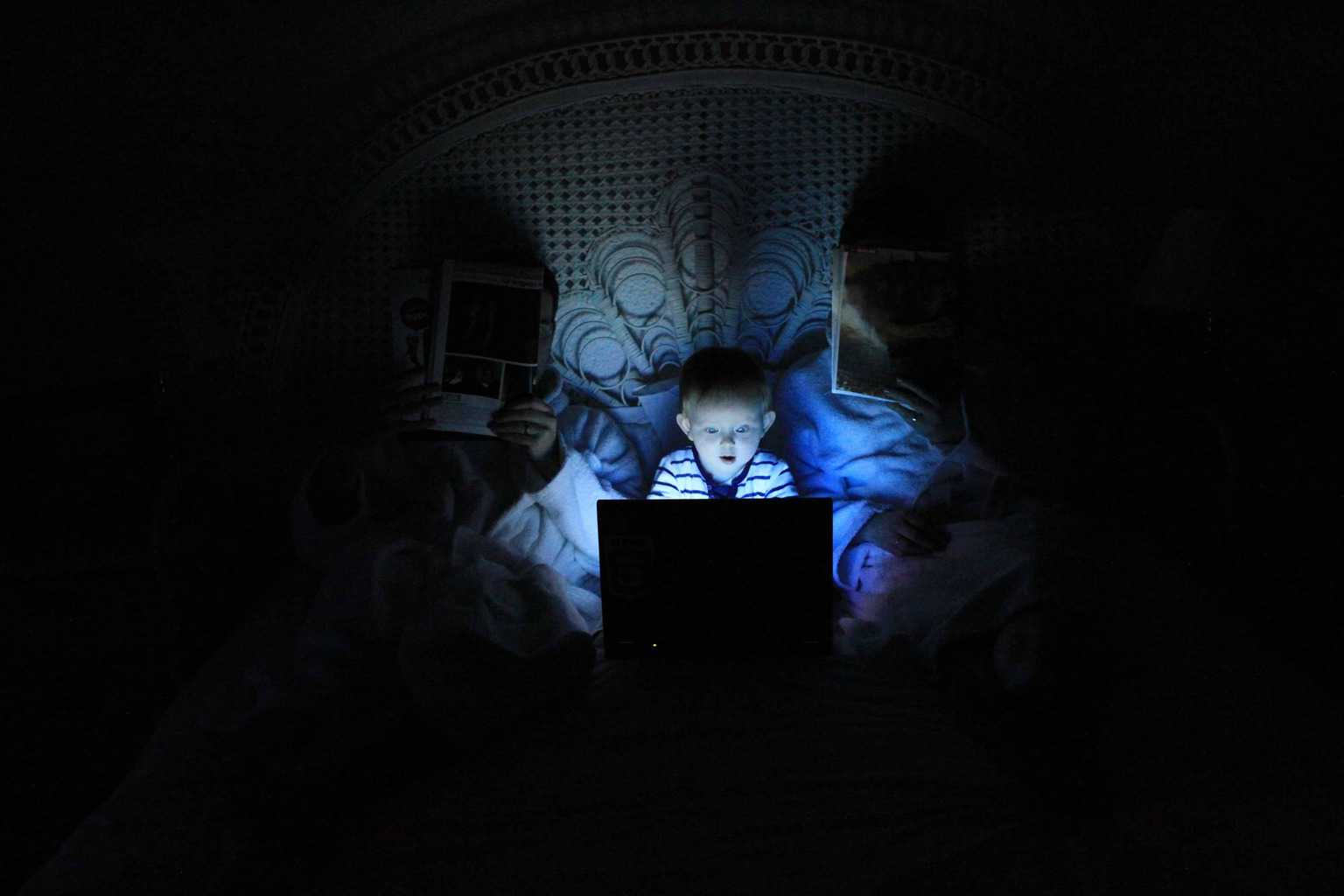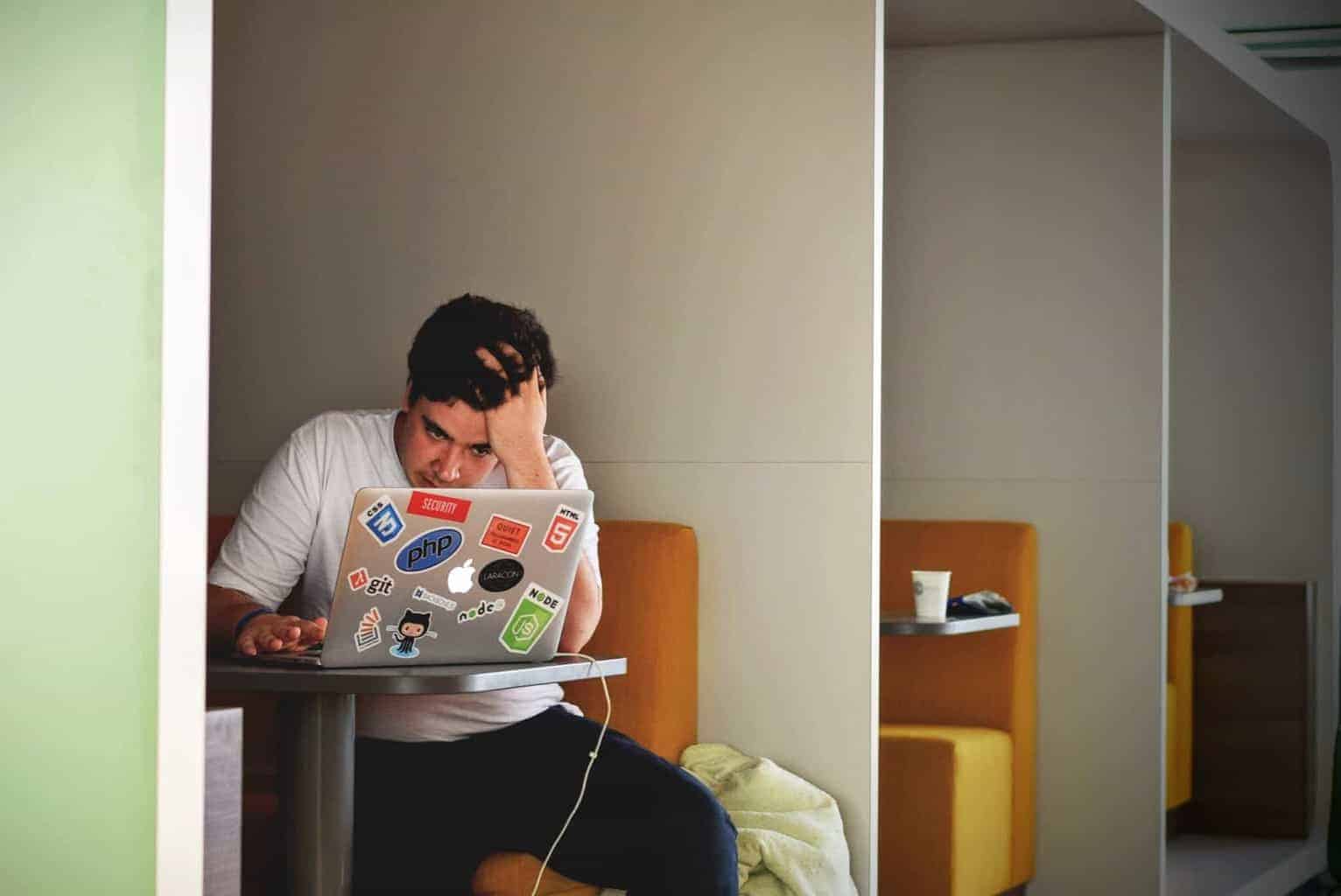Screen time for children is an inescapable part of modern life, encompassing everything from TV and video games to educational uses on tablets, PCs, and smartphones. As a professional blogger and parent, I’m acutely aware of the challenges in managing my children’s interaction with digital media. Whenever Will goes quiet, we can guarantee that he has crept to his bedroom and is glued to one of his latest PS4 games. The American Academy of Pediatrics provides guidelines for screen use, emphasizing the importance of setting healthy limits for children of all ages.

So, how do you know what an acceptable amount of time your children spend in front of a screen is? This is something which I have been keen to monitor from the very start with our Beans, and I have attended lots of information sessions to help us and others get the right information.
The double-edged sword

In this digital age, managing screen time is crucial to fostering healthy habits for the whole family. It’s not just about how much time is spent on devices but also the quality of screen use. Whether younger children watch their favourite TV shows or older kids are scrolling through social media on their mobile devices, setting clear screen time limits is essential.
For our family, it’s about striking a balance. We encourage real-life social interactions over sedentary behaviour in front of screens. Family meals, board games, and outdoor activities are great ways to engage all family members, from young to school-age children. These activities foster social skills and mental well-being and combat the potential risks of childhood obesity and attention problems linked to excessive screen time.
We’ve implemented a family media use plan, following guidelines recommended by experts like those at JAMA Pediatrics. This plan includes consistent limits on hours of screen time, ensuring that children spend less time on digital devices and more time engaging in real-world activities. For example, we set limits on the amount of time our kids can spend on their own devices, like Android or Apple products, and encourage them to discover new skills and hobbies outside the digital world.
On school days, we have clear rules: no mobile devices at the dinner table and a daily limit on recreational screen time. This approach helps regulate our children’s sleep and sets a good example for them to follow. For younger kids, especially very young children, we limit screen time to educational content and video chats with family members, which helps develop their social and communication skills.
Over the weekend, we relax the rules slightly but still emphasize the importance of quality time over screen time. This might include a family road trip, a TV show we all watch together, or interactive video games that encourage physical activity and learning.
By setting these boundaries and leading by example, we aim to instil good behaviour and a healthy relationship with screens in our children. It’s not just about imposing app limits or monitoring the child’s device; it’s about integrating healthy screen habits into our lifestyle. The key takeaway for any parent is to find a balance that works for their family, ensuring a healthy mix of digital and real-life experiences for their children’s overall mental and physical health.
Why should we limit screen time?
Ensuring Healthy Sleep Patterns

Limiting screen time, especially before bedtime, is vital for a child’s mental and physical health. In our household, we’ve established a general rule: all electronic devices, including mobile phones and tablets, are switched off at least one hour before bed. This practice is particularly important for school-aged kids who need adequate rest for their growing minds and bodies.
The reason behind this rule is rooted in health science. Most screens, whether on a mobile device or a TV, emit blue light. This type of light disrupts the brain’s natural sleep cycle by suppressing the production of melatonin, a chemical crucial for relaxation and sleep preparation. Excessive screen time, especially when it involves engaging with favourite shows, YouTube videos, or video chat sessions close to bedtime, can make it hard for children to wind down and fall asleep.
Setting a specific time limit for screen use is a good idea for older children who might need to use their devices for homework or staying connected with friends. This ensures they’re not spending too much time on electronic devices and promotes better sleep hygiene. Some Android and other electronic devices have features to reduce or filter out blue light, which can be activated in the evening hours.
By enforcing these screen time rules and demonstrating good behaviour, we teach our children the importance of prioritizing their health and well-being over screen time. This approach is a great way to balance the necessary use of screens in today’s digital age with the need for real-life interactions and activities, contributing positively to our children’s overall mental health and sleep quality.
Limiting Screen Time for Physical Activity and Healthy Development

It’s essential to find the right balance in how much screen time children have, particularly when considering their physical health and development. In today’s fast-paced digital world, it’s easy for kids to spend hours glued to TVs or Android devices, losing out on vital physical exercise. Unlike the simpler times of past generations, where outdoor play and imaginative activities with toys were the norm, today’s children often face a sedentary lifestyle marked by excessive screen time.
This shift affects their physical development, sleep patterns, and overall well-being. As parents, it’s our responsibility to encourage good behavior and healthy habits from a young age. Reducing the amount of time children spend on screens, especially on weekend days and during TV time, can be a better way to promote active, real-life engagement.
Switching off screens and getting kids involved in more physical activities isn’t just about cutting down on junk food or preventing childhood obesity; it’s about ensuring they grow up with a balanced lifestyle. Engaging in activities like family sports, nature walks, or even simple phone calls instead of text messages encourages children to step away from screens.
Consulting with a child’s pediatrician can provide insights tailored to your child’s age group, helping to establish a healthy amount of screen time. Remember, less screen time can lead to more opportunities for children to explore, learn, and grow in a more physically active and healthy environment.
Enhancing Real-Life Interactions
One key reason to monitor a child’s screen time is the impact on personal interaction. How often do we, as parents, receive only grunts in response when our children are engrossed in their favorite shows on an Android device or have spent hours watching TV? This is a common experience for many, signaling a decrease in meaningful family communication.
Excessive screen time, especially at a young age, can lead to sedentary behavior, impacting a child’s physical health and sleep patterns. It’s not just about limiting the hours of TV or time spent on digital devices; it’s about encouraging active engagement in real life. By managing our children’s screen time, we help them balance their digital interactions with real-world experiences, which is essential for healthy development.
As parents, setting a good example with our own screen time is the best way to guide our children. This approach is particularly important for American children, who, studies suggest, often have a hard time disconnecting from screens. By actively choosing to spend less time on our devices and more time interacting face-to-face, we encourage our children to do the same.
Limiting screen time isn’t just about reducing the hours spent in front of a screen; it’s about enhancing the quality of our children’s lives and ensuring they develop healthy habits that will benefit them for years to come.
Balancing Screen Time for Healthy Development

Limiting screen time is vital for children’s overall well-being, especially considering its impact on a child’s sleep and development. While technology plays a crucial role in educating and entertaining, like how Lillie learns about animals from nature shows, it’s important to find a balance.
In our household, we’ve set clear screen time rules to ensure this balance:
- No screens before school, supporting a focused start to the day.
- Screens off by 6 pm on school nights to encourage family interaction and a better night’s sleep, which is crucial for children’s health and development.
- A screen-free period from 10 am to 4 pm during weekends to promote physical activities and reduce sedentary behavior.
- Parental controls on tablets, limiting screen use to two hours on school days and four hours on weekends, catering to different needs based on their years of age.
These guidelines help us manage screen time effectively, ensuring our children spend a lot of time in diverse activities that contribute to their growth and learning.
How do you balance screen time in your family?

